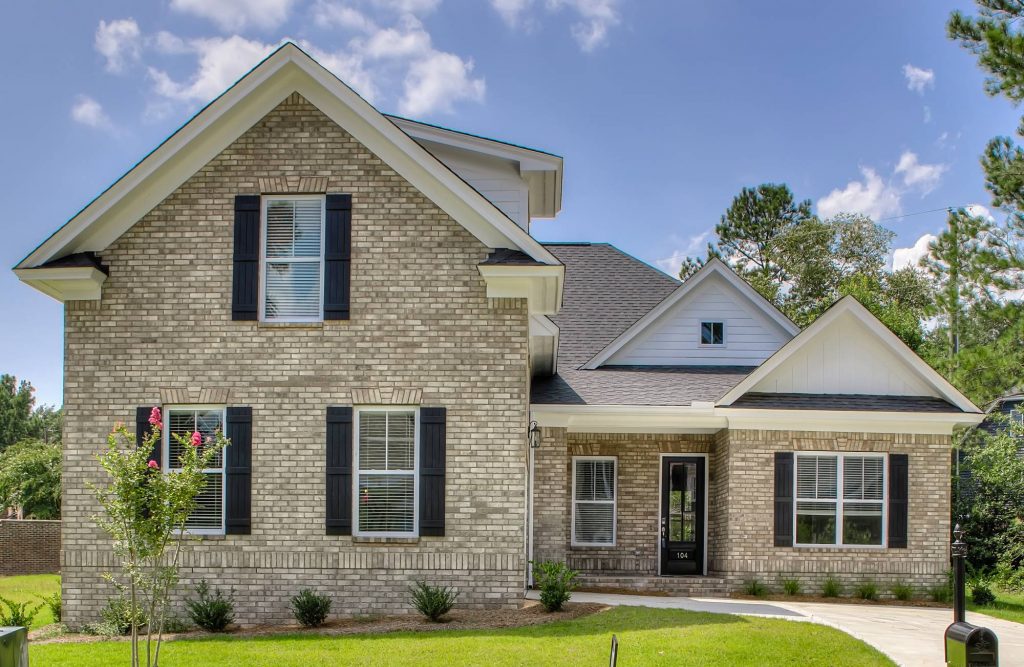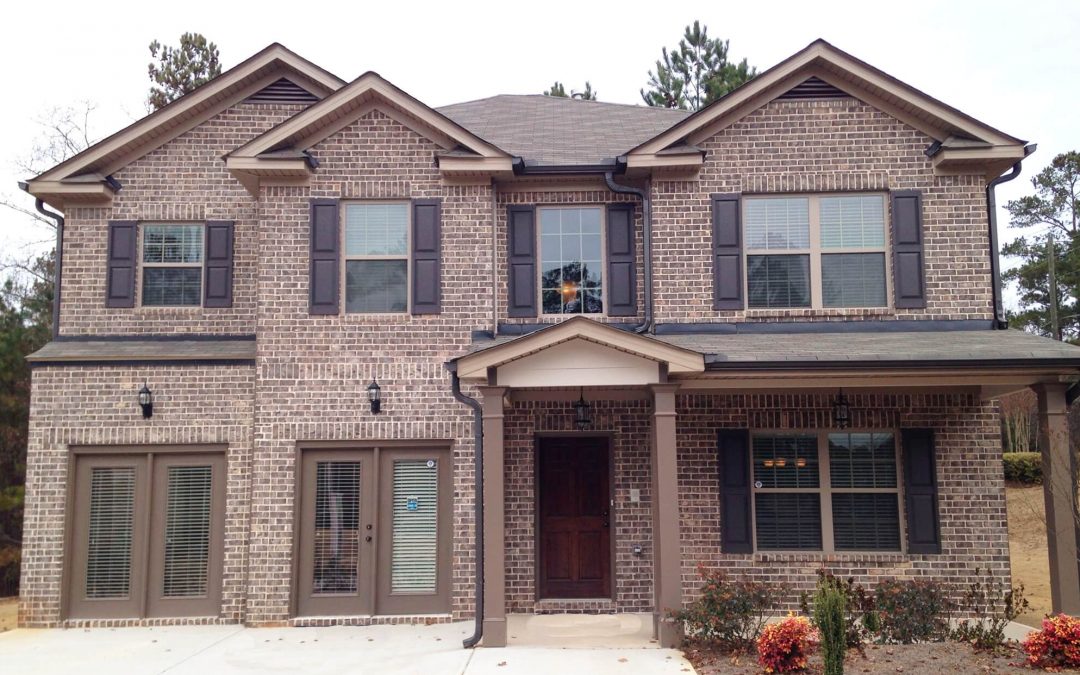When it comes to selecting material choices for a new build, design solutions must balance multiple factors including installation, labor, longevity, aesthetics, and most importantly, cost! While some materials can be easier to purchase and install than others, will they retain their value over time, add or lose value, or possibly need multiple repairs over their lifespan?
Ultimately, builders and homeowners must assess the true value estimation of all quality materials to arrive at the best decisions for a property’s long-term success. When taking a deeper dive into the affordability of brick and a brick cost comparison, the advantages of North Georgia Brick options deliver a striking picture of a material that’s truly worth every penny:
Affordability of Brick – When building with brick, it’s important to purchase quality brick such as North Georgia Brick varieties that are less porous in order to avoid potential pitfalls. Cheaper, more porous bricks will increase the risk of moisture issues, mold growth, and even cracks. Quality brick will cost more than wood, fiber cement, or vinyl siding, and brick homes will be more expensive to build than stick-built homes. On average, a brick exterior can cost 6%-7% more than a vinyl siding exterior.
However, an investment in brick will also pay for itself over the one-hundred-year lifespan: Brick retains more value than other materials, brick homes appreciate more in resale value, and brick homes improve the value of neighborhoods they live in. With superior thermal mass properties, properly insulated brick homes will save approximately 20% on energy bills annually. Thanks to lower maintenance costs, virtually non-existent repair costs, and lower home insurance premiums, brick as a building material becomes the soundest financial investment that can be made!

Cost Comparison – The true value of a building material comes down to time, budget, and the needs and vision for the property:
- Vinyl – Vinyl siding allows builders to save up front with a low-cost material but offers no long-term value to any property. In addition to requiring regular maintenance and repairs, vinyl siding can be easily damaged in extreme weather conditions. For a quick fix or renovation before a property hits the market, vinyl siding can save plenty of time but will not in fact stand the test of time. Once damaged, vinyl siding will need to be replaced to avoid issues and complications to the structure of the home.
- Fiber Cement – Fiber cement lap siding such as HardiePlank® will cost less than wood, but more than vinyl siding. With greater design customization and better climate protection than vinyl siding, fiber cement siding represents technological innovation while presenting a similar affordable option. For projects facing time or budget concerns, fiber cement siding is cheaper to purchase and install than brick but will only come with a 30-year, non-prorated warranty.
- Brick – Cheaper than stone or stucco, brick will cost more upfront as a material and to install than vinyl, wood, or fiber cement siding. An investment in brick will however get better mileage for the dollar as brick homes will retain value, appreciate, and sell for more on the housing market. When vinyl siding or fiber cement siding is damaged, compromised, or the warranty runs out, brick presents virtually zero repair costs during the one-hundred-year lifespan. Brick offers greater durability, curb appeal, and lower maintenance.
With an unbeatable combination of performance, longevity, buyer preference, and buyer confidence, brick is the greatest material investment that builders, homeowners, and homebuyers can make. To begin your next fantastic brick build, visit our Cumming or Cartersville showrooms for inspiration and expert advice!

